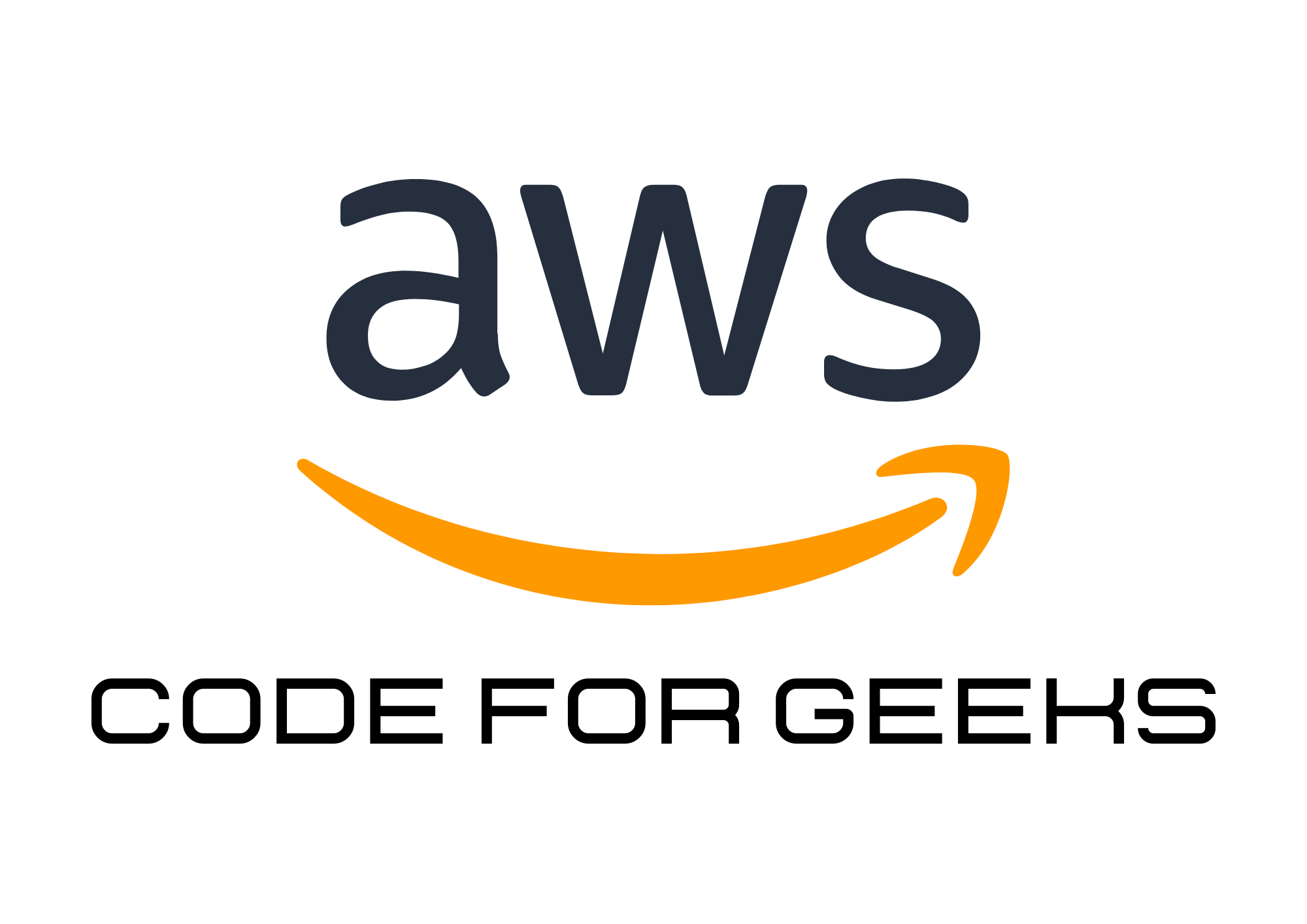The AWS Database Dilemma
When building applications that require relational databases, you’ll encounter two popular AWS options: Amazon RDS (Relational Database Service) and Amazon Aurora. Both are managed services that take the heavy lifting out of database management, but they serve slightly different purposes.
So, which one should you choose? Let’s dive in.
What is Amazon RDS?
Amazon RDS is a managed database service that supports multiple database engines, including MySQL, PostgreSQL, MariaDB, Oracle, and SQL Server. It automates time-consuming tasks like backups, updates, and scaling.
Key Features of RDS:
- Multi-Engine Support: Choose from popular engines like MySQL and PostgreSQL.
- Automated Management: AWS handles backups, patching, and monitoring.
- Scalability: Scale vertically by upgrading instance types or adding storage.
- High Availability: Use Multi-AZ deployments for automatic failover.
What is Amazon Aurora?
Amazon Aurora is a relational database service built for performance and reliability. It’s compatible with MySQL and PostgreSQL but offers up to five times the throughput of standard MySQL and twice that of PostgreSQL.
Key Features of Aurora:
- Performance and Scalability: Designed for high-performance workloads with auto-scaling up to 128 TB.
- Distributed Architecture: Automatically replicates data across three Availability Zones for durability.
- Serverless Option: Scale capacity automatically with Aurora Serverless.
- Global Databases: Enable low-latency access across multiple regions.
Aurora vs. RDS: Key Differences
| Feature | Amazon RDS | Amazon Aurora |
|---|---|---|
| Performance | Standard database performance. | Optimized for high performance. |
| Scalability | Vertical scaling. | Horizontal scaling with read replicas. |
| Database Engines | MySQL, PostgreSQL, MariaDB, Oracle, SQL Server. | MySQL and PostgreSQL compatible. |
| Durability | Backup and Multi-AZ support. | Auto-replicates across 3 AZs. |
| Cost | Lower upfront costs. | Higher cost but better performance. |
| Serverless Option | No. | Yes (Aurora Serverless). |
When to Choose RDS
RDS is a great choice if:
- You Need Multi-Engine Support
If you require Oracle or SQL Server, RDS is the only option. - Your Workload is Moderate
For apps with predictable workloads, like small-to-medium web applications, RDS offers everything you need. - Cost is a Concern
RDS is generally more affordable for less intensive workloads.
Example Use Case: Small E-Commerce App
A startup hosts its MySQL database using RDS for its e-commerce platform. With Multi-AZ for high availability and automated backups, they focus on scaling their business without worrying about database management.
When to Choose Aurora
Aurora is ideal if:
- Performance is a Priority
Aurora delivers up to 5x the performance of MySQL and 2x that of PostgreSQL. - Your Application is Mission-Critical
Aurora’s distributed architecture ensures durability and high availability. - You Need Global Scalability
With Aurora Global Database, you can serve low-latency reads worldwide. - You Want Serverless Flexibility
Use Aurora Serverless for unpredictable workloads, like development and testing environments.
Example Use Case: Social Media Platform
A social media company uses Aurora PostgreSQL to handle millions of concurrent users. Aurora’s high throughput and fault-tolerant design ensure a seamless experience even during traffic spikes.
Pricing Comparison
| Cost Factor | Amazon RDS | Amazon Aurora |
|---|---|---|
| Instance Pricing | Lower cost per instance. | Higher cost due to performance. |
| Storage Cost | Pay per GB. | Slightly higher due to replication. |
| Serverless | Not available. | Aurora Serverless charges per second of usage. |
Decision Tree: RDS or Aurora?
- Do you need Oracle or SQL Server?
- Yes → Use RDS.
- No → Go to the next question.
- Is high performance or global scalability critical?
- Yes → Use Aurora.
- No → Use RDS.
- Do you have unpredictable workloads?
- Yes → Use Aurora Serverless.
- No → Use RDS for predictable workloads.
Real-Life Example: Migrating from RDS to Aurora
A gaming company started with RDS MySQL for its leaderboards. As the player base grew, they faced performance bottlenecks. Migrating to Aurora MySQL increased throughput, and read replicas offloaded heavy read traffic, providing a seamless gaming experience for millions of users.
Pro Tips for Using RDS and Aurora
- Enable Backups
Whether using RDS or Aurora, enable automatic backups to protect your data. - Optimize Queries
Regularly analyze slow queries and add indexes to improve performance. - Use Read Replicas
Offload read-heavy workloads to replicas in both RDS and Aurora. - Monitor Costs
Use AWS Cost Explorer to track spending and identify optimization opportunities.
Conclusion: Tailor Your Database to Your Needs
Amazon RDS and Aurora are both excellent choices for managing relational databases in the cloud. Your choice ultimately depends on your workload, performance requirements, and budget. For standard applications, RDS is often sufficient. For high-performance, mission-critical workloads, Aurora shines.
Ready to choose your database? Start with RDS or Aurora today and let AWS handle the heavy lifting for your relational databases.

